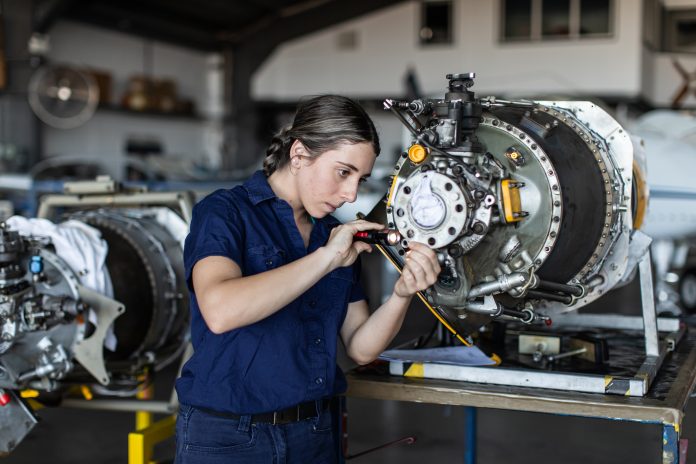Papa Alioune Seck, Chief of the Research and Data Section at UN Women, explores a crucial moment for global development and gender equality
This year marked a crucial juncture for global development cooperation and the Sustainable Development Goals (SDGs), the 17 aspirational goals and targets set by the United Nations in 2015.
In September, world leaders convened at the Summit of the Future during the 79th session of the UN General Assembly to forge a new international consensus to “deliver a better present and safeguard the future.” They faced two pressing questions: why, with six years remaining until the 2030 deadline, has progress been tepid? And what guarantees that this time, promises of “game-changers and transformative actions” will lead to faster progress?
Gender equality and women’s rights
Gender equality and women’s rights, a key focus of SDG 5, exemplify these challenges. Despite some progress, none of the SDG 5 indicators have been fully met. UN Women’s latest report, The Progress on the Sustainable Development Goals: The Gender Snapshot 2024, highlights that two SDG 5 indicators are close to their targets, eight are moderately within reach, four are far from the target, and four lack sufficient data for assessment.
Poverty rates for women and girls are improving, but this is following steep increases during the pandemic. At the current pace, millions of women and girls will remain in extreme poverty (less than $2.15 a day) for another 137 years. While the number of girls out of school has decreased by 5.4 million since 2015, 119.3 million remain deprived of education. Since 2003, child marriage has declined, from affecting 24.1% of girls worldwide to 18.7%, but at this rate, girls will continue to be married as children until 2092.
Women now hold one in four parliamentary seats, up from one in five in 2015, but gender parity may not be reached until 2063. Despite 56 positive legal reforms in the past five years, discrimination still hinders women’s access to justice, as no country has all the necessary laws to prohibit discrimination, prevent violence, ensure equal rights in marriage and divorce, guarantee equal pay, and provide full access to sexual and reproductive health and rights.
In 17 sub-Saharan African countries, women and girls collectively spend nearly 200 million hours each day on water collection, surpassing the total daily work hours of all individuals in the United Kingdom, due to the lack of access to piped water in their homes.
The costs of these systemic failures are staggering. UNESCO estimates that the annual global cost of countries failing to educate their young populations adequately is over $10 trillion, more than the GDP of France and Japan combined. If left unaddressed, the digital gender divide could cost low- and middle-income countries an estimated $500 billion in the next five years.
Empowering women out of poverty
Yet, the paradox is that solutions benefiting women and entire societies have long existed and are in plain sight. Implementing a package of policies that include social protection could bring 115 million women out of extreme poverty by 2050. Closing gender gaps in farm productivity and food system wages could raise women farmers’ incomes and increase global GDP by nearly $1 trillion.
Development interventions focused on empowering women small-scale farmers could raise the incomes of 58 million people and improve resilience to shocks for another 235 million. Investments in the care sector and infrastructure could create 300 million new decent jobs.
The urgency to act has never been greater. The solutions are clear: invest in gender equality to turn the tide. The time for transformative action is now.











